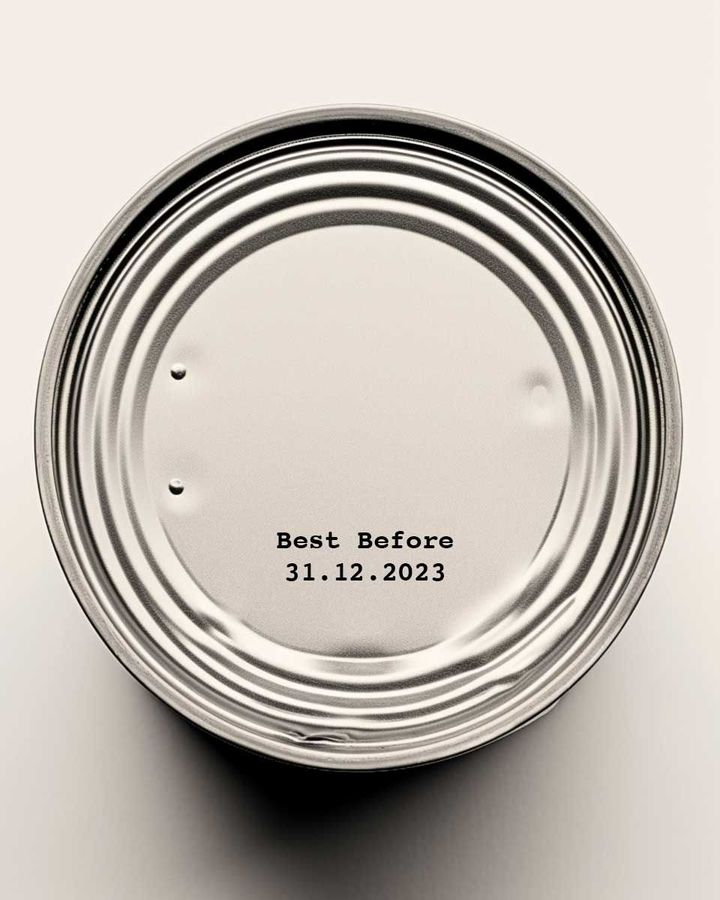Food Expiration Dates: What they actually mean and tips for knowing when to toss out your food
Jessica Jacobs
Contributing Writer
Like to see more from Tips for the Home
Print this recipe
When it comes to deciphering the cryptic codes printed on food packaging, consumers often find themselves scratching their heads in confusion. Food expiration dates are meant to provide guidance on when a food product is at its peak quality and when it might be unsafe to consume. However, the variety of terms and inconsistent labeling practices can leave people unsure of how to interpret these dates, leading to food waste or even foodborne illness. As an important aspect of food safety and quality, understanding the meaning and significance of expiration dates is critical for making informed decisions in the kitchen.
To add to the challenge, expiration dates are not always legally regulated or standardized, meaning that companies may use different terms and dating systems. The subject is rife with complexities and nuances that require careful examination. In this article, we will delve into the often-misunderstood world of food expiration dates, exploring their origins, definitions, and practical applications. By shedding light on this topic, we aim to empower consumers with the knowledge needed to navigate grocery aisles and home pantries with confidence.
Why Food Expiration Dates Are So Confusing
The confusion surrounding food expiration dates stems from the lack of uniformity in labeling practices and the use of multiple terms that can have different implications. While some labels provide a “best if used by” date, others indicate a “use by” or “sell by” date, each carrying a distinct meaning. Furthermore, the fact that expiration dates are often based on quality rather than safety can contribute to the uncertainty. Consumers may wonder whether a food item that has passed its expiration date is still safe to eat, leading to either unnecessary waste or potential health risks.
History of Food Expiration Dates
The history of food expiration dates can be traced back to the 20th century, when the concept of open dating emerged as a way for manufacturers to communicate the freshness and quality of their products. The practice gained traction in the United States in the 1970s, as consumer advocacy groups pushed for increased transparency and food safety standards. However, the lack of federal regulation led to a patchwork of state laws and voluntary guidelines, resulting in varied and sometimes conflicting practices. Over time, the food industry has made efforts to standardize expiration date labeling, but inconsistencies still persist.
The difference between Best if Used By/Before vs Use By vs Sell By

